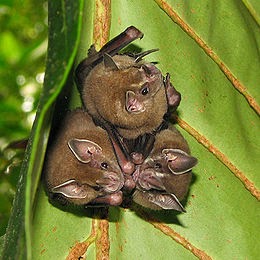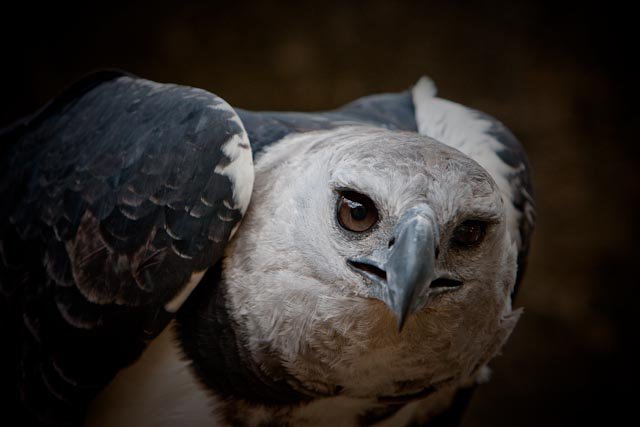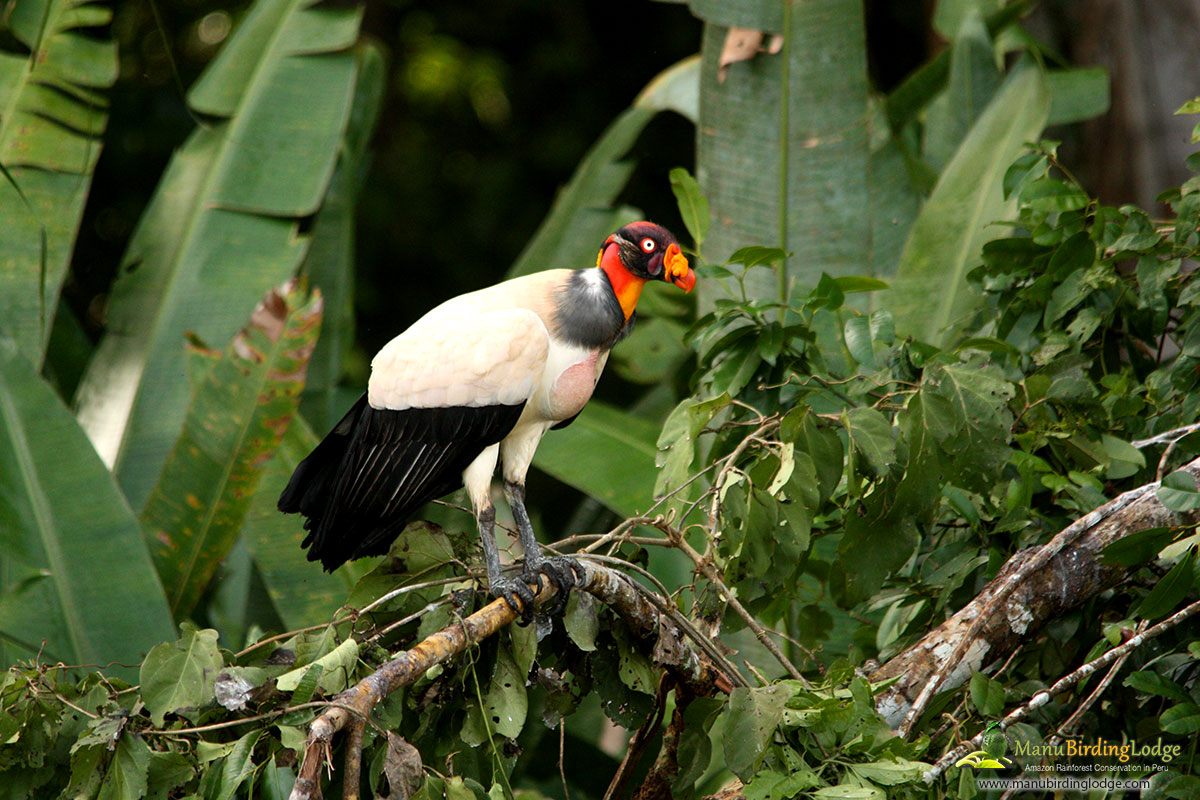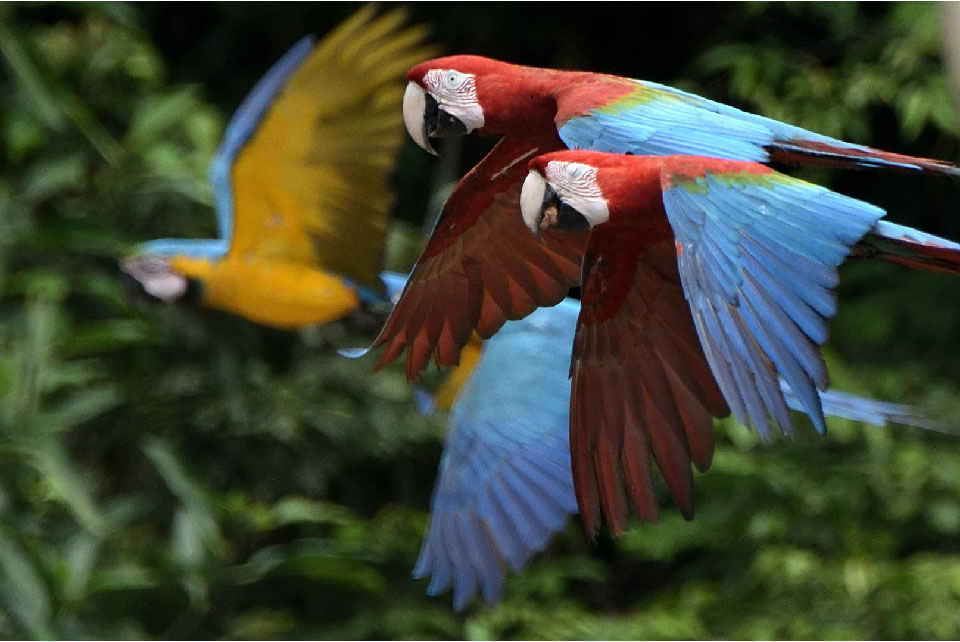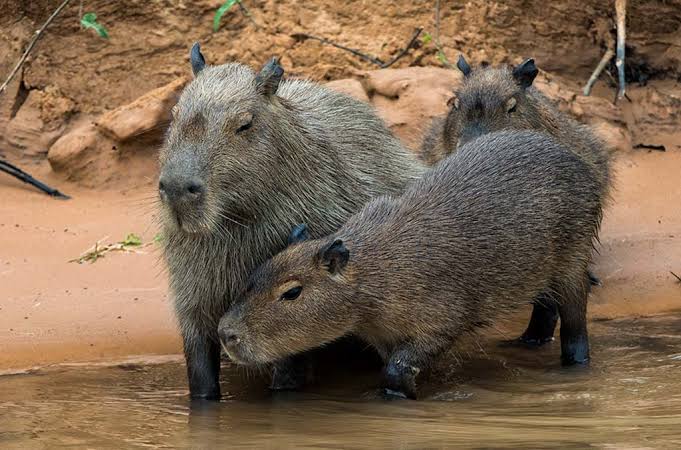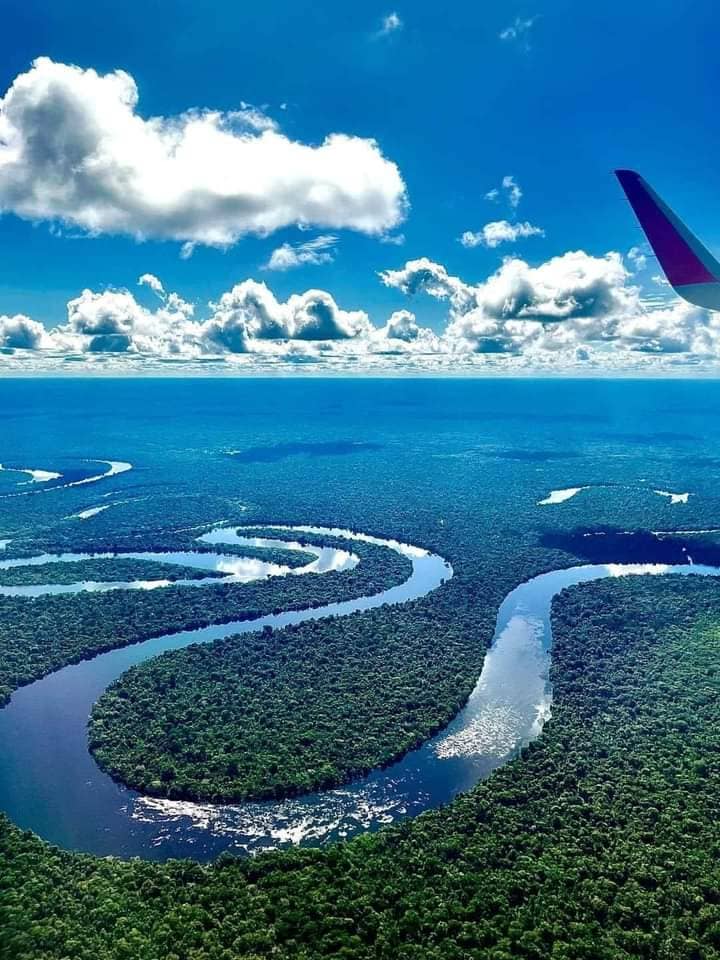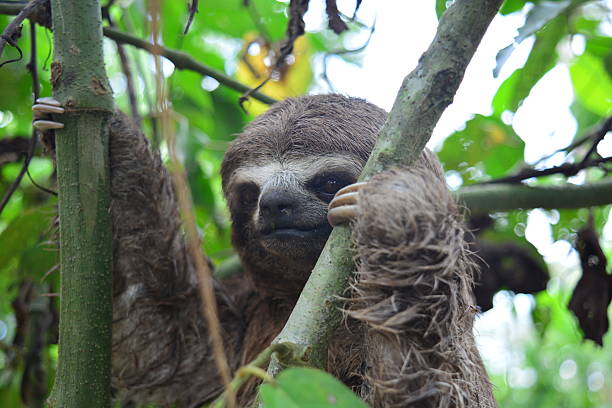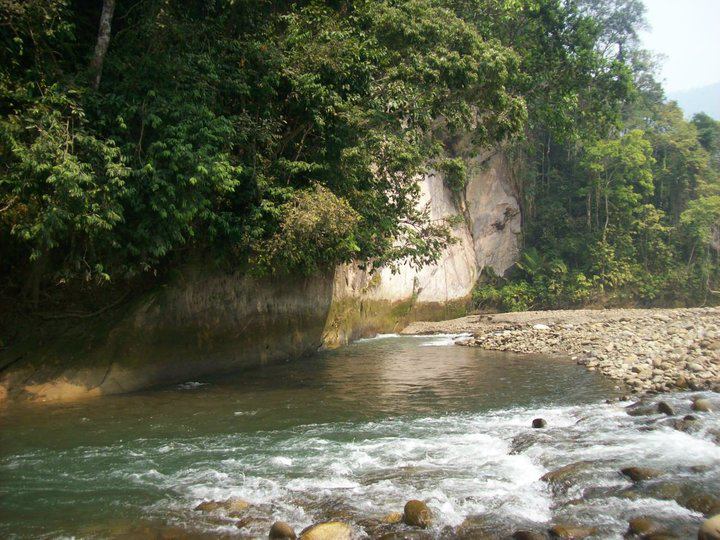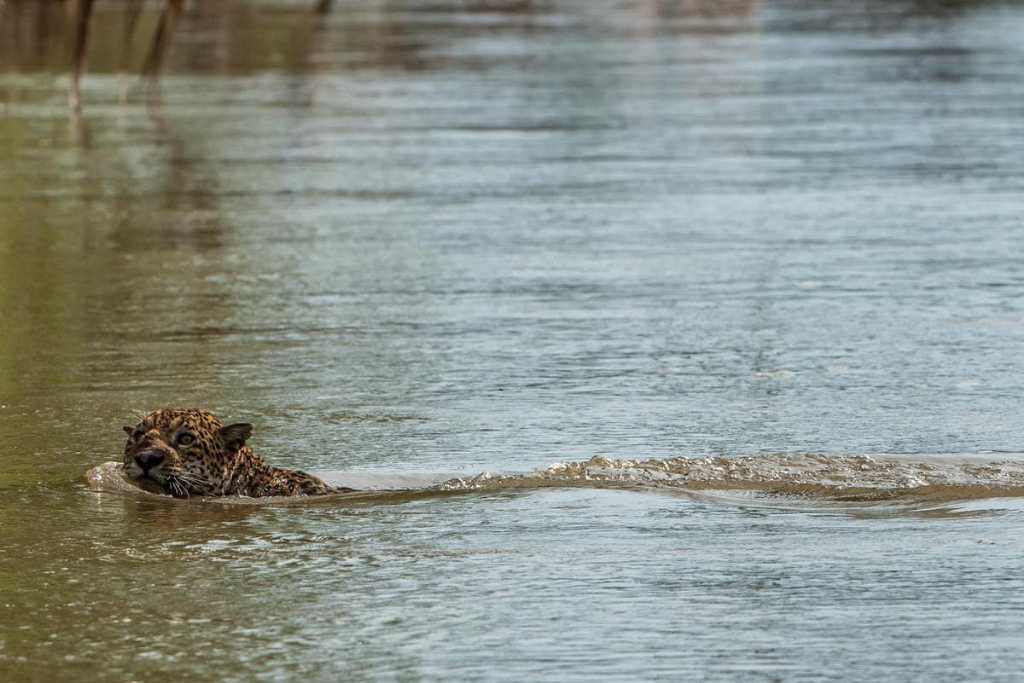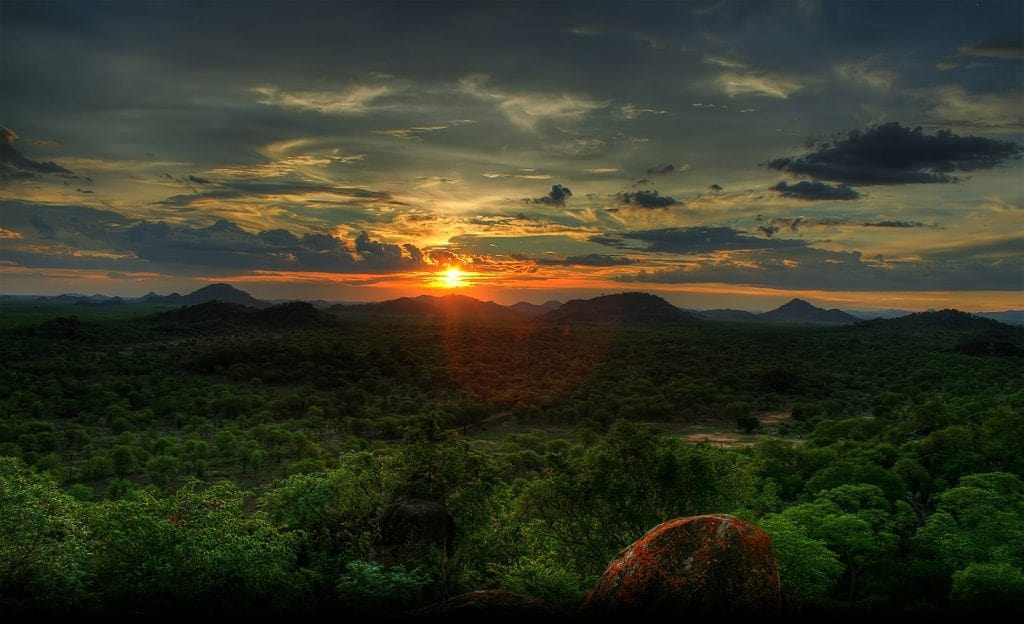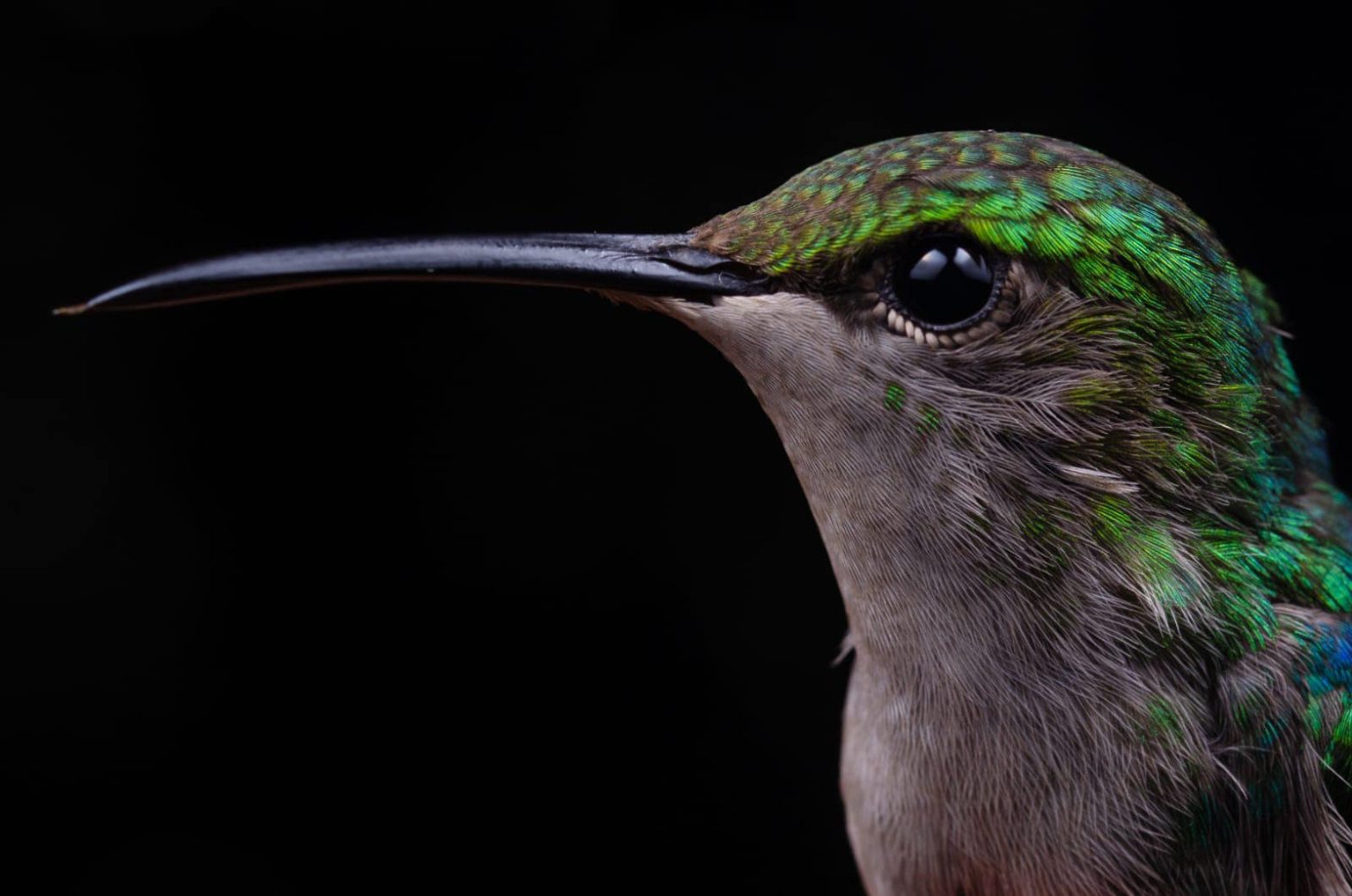Rainforest Amazon Bats
Amazonia Rainforest Bats
ABSTRACT .This list reports 44 bat species collected in the Manu National Park Rainforest Amazon – Bats , Peru and adjacent areas. Sampling was carried out in 1987, 1988 and 1989, in the dry and wet seasons, although we
also report some specimens collected on other dates. Data on distribution, production, and ecology are included.
ABSTRACT The present list records 44 species of bats collected in Parque Nacional del Manu, Peru and adjacent areas. Collections were made in 1987, 1988 and 1989, during the dry and rainy seasons, although we also record
some specimens collected in other dates
Bats to Manu National Jungle -Rainforest Amazon Bats :
The bat or murcielago gets a hard time from many quarters, but these little winged mammals perform important ecological as well as mythical services. Bats are renowned as specialist predators of nocturnal flying insects and,
with such an abundance of prey; tropical bats reach a high degree of diversity. Depending on the exact boundaries and details of classification, 150-200 species are recorded from Amazonia: the most diverse bat fauna in the world
and 40% of the region’s total mammals Rainforest Amazon Bats. The majority are insectivorous. Notable are the vespertilionid bats, found across the Americas, and the spear-nosed bats (Phyllostominae) who have complex ears
and ‘nose-leaves’ to emit sound. Yet in this hotbed of evolution all these kinds of bats do not coexist on one food source. Best-known alternative niche occupants are vampire bats (Desmodus spp), inspiration for dozens of Hollywood horror movies.
Of course, a preferred diet of fresh mammal blood does nothing to endear them to us, but reality is more complicated than legend. Vampires rarely attack humans – their usual victims are cattle or wild mammals. They do
not suck blood. So gently do a vampire’s sharp incisor – not canine – teeth cut a small flap of skin, it does not startle the prey. The bat then lapaes blood as it seeps from the wound, while anti-coagulant saliva prevents
clotting. The largest Amazon bat, the greater bull-dog or fishing bat (Noctilio leporinus), plucks fish from the water in the manner of an osprey. Besides piscivores, sanguivores and insectivores, there are frog-eating bats; bird-eating
bats and even bat-eating bats.Many are fruit- and nectar-feeders.
Neotropica fruit bats belong to the order Microchiroptera .
They evolved from insectivorous bats rather than a separate ancestor as is believed to be the case with Old-world mega chiropterans frugivores disperse seeds and nectarivores pollinate many trees bat pollinated flowers are often
cauliflorous, large, white and heavily perfumed,many bats leave their hiding-place just before or after dusk to forage overnight spending the day roosting in well-hidden spots, including tree-holes- leaf tents or caves
Porcupine, coati, tamanduas and related species cross easily from tree to forest floor. These medium-sized animals are equally at home among lofty branches or in shady undergrowth. Larger animals tend to stay on the ground,
but not always if scared, tapir charge headlong into water, whereas a jaguar or puma bolts into a tree.
Exploring Biodiversity: Discover 44 Bat Species in Manu National Park, Peru
Manu National Park in Peru, a UNESCO World Heritage site, is home to a stunning array of biodiversity. Among its many wonders, this pristine rainforest shelters an incredible diversity of bats. Our comprehensive list documents 44 unique bat species recorded within the park and its surrounding areas, showcasing the ecological richness of this world-renowned destination.
The data originates from field collections conducted during both dry and rainy seasons in 1987, 1988, and 1989, capturing a holistic view of the bat populations across different ecological conditions. Additional specimens collected on various other dates further enhance the dataset, providing valuable insights into their distribution, reproductive patterns, and ecological behaviors.
For wildlife enthusiasts and eco-tourists, this highlights Manu’s role as a living laboratory for nature.
Whether you’re fascinated by the intricacies of nocturnal life or seeking to immerse yourself in a rich and vibrant ecosystem, Manu National Park offers an unparalleled adventure.
Are you ready to step into one of the most biodiverse places on the planet and witness the remarkable world of bats and beyond
- Saccopteryx leptura
- Noctilio albiventris
- Micronycteris megalotis
- Micronycteris minuta
- Macrophyllum macrophyllum
- Tonatia bidens
- Tonatia brasiliensis
- Tonatia silvicola
- Mimon crenulatum
- Phyllostomus elongatus
- Phyllostomus hastatus
- Phylloderma stenops
- Trachops cirrhosus
- Chrotopterus auritus
- Vampyrum spectrum
- Glossophaga soricina
- Anoura caudzfer
- Choeroniscus minor
- Carollia brevicauda
- Carollia castanea
- Carollia perspicillata
- Rhinophylla pumilio
- Sturnira tildae
- Uroderma bilobatum
- Uroderma magnirostrum
- Platyrrhinus brachycephalus
- Platyrrhinus in/uscus
- Vampyrodes caraccioli
- Vampyressa bzdens
- Vampyressa pussilla
- Chiroderma villosum
- Mesophylla macconnelli
- Artibeus anderseni
- Artzbeus cinereus
- Artibeus obscurus
- Artibeus glaucus
- Artibeus gnomus
- Artibeus jamaicensis
- Artzbeus lituratus
- Desmodus rotundus
- Thyroptera tricolor
- Myotis albescens
- Myotis nigricans
- Molossus molossus
Bats of the Amazon Rainforest: Guardians of Biodiversity
The Amazon Rainforest, often referred to as the planet’s green lung, harbors one of the most diverse bat communities on Earth. With over 160 documented species and local richness frequently surpassing 100 species in a single area, the bats of the Amazon are a striking testament to the region’s unrivaled biodiversity. These nocturnal guardians play indispensable ecological roles, including seed dispersal, pollination, and insect population control, making them integral to the rainforest’s intricate web of life.
The Vital Roles of Amazonian Bats
Bats in the Amazonia Bath exhibit an astonishing range of diets and ecological niches, reflecting their remarkable adaptability:
Fruit Bats (Frugivores): These bats thrive on fruits, nectar, pollen, leaves, and sap. As they feed, they unintentionally transport seeds over vast distances, facilitating forest regeneration and helping maintain the Amazon’s ecological equilibrium.
Insectivores: Consuming a diverse array of nocturnal insects, these bats act as natural pest controllers. A single bat can devour up to 1,200 mosquitoes in an hour, significantly reducing the spread of diseases and curbing agricultural pests.
Nectarivores and Pollinators: Playing a key role in pollination, these bats are attracted to tropical flowers that have evolved to accommodate them, often featuring large, white, and heavily perfumed blooms. This symbiotic relationship ensures the reproduction of countless rainforest plant species.
Carnivores and Omnivores: Some species display specialized diets, consuming frogs, fish, or even other bats. These unique feeding behaviors underscore their incredible versatility.
Sanguivores: The rare vampire bats have earned a mystique as they feed primarily on the blood of livestock or wild mammals. Contrary to myths, they seldom target humans, and their anti-coagulant saliva has inspired cutting-edge medical treatments.
Adapting to the Rainforest: How Bats Thrive
Amazonian bats exhibit an array of survival strategies that enable them to flourish in the dense rainforest:
Diverse Roosting Habits: Depending on the species, bats roost in tree foliage, hollow trunks, leaf tents, caves, cliff faces, or even artificial structures such as old buildings and bridges.
Resourceful Foraging: The abundance of food and water, coupled with ample shelter, makes the Amazon an ideal habitat. However, this intricate balance underscores the need for vigilant forest conservation to sustain these remarkable mammals.
Fascinating Insights into Bats
Bats are brimming with captivating traits and behaviors that continue to astound scientists and travelers alike:
- There are over 1,400 bat species worldwide, with the Amazon accounting for more than 160.
- Bats are the only mammals capable of sustained flight, making them evolutionary marvels.
- Baby bats, known as “pups,” are cared for in tight-knit colonies where mothers recognize their offspring by sound and scent.
- Bat guano, a nutrient-rich fertilizer, has been a vital resource for agriculture.
- While temperate species hibernate during cold months, tropical bats adjust their activity patterns based on food availability.
Explore the Amazon’s Enigmatic Nightlife
For adventurers and nature enthusiasts, the nocturnal world of the Amazon Rainforest offers an unparalleled experience. Guided night tours in protected areas like Manu National Park provide a unique glimpse into the lives of bats and their profound role in sustaining one of Earth’s most vital ecosystems. Witness their silent flights and intricate behaviors, deepening your connection to the rainforest’s awe-inspiring biodiversity.
Take the Journey Today
Embark on an Amazonian adventure and uncover the hidden stories of these incredible creatures. Whether you’re conducting ecological research or simply seeking to marvel at the rainforest’s wonders, the bats of the Amazon promise to make your expedition unforgettable. Join the journey and discover how these silent guardians sustain the vibrant pulse of the rainforest.













